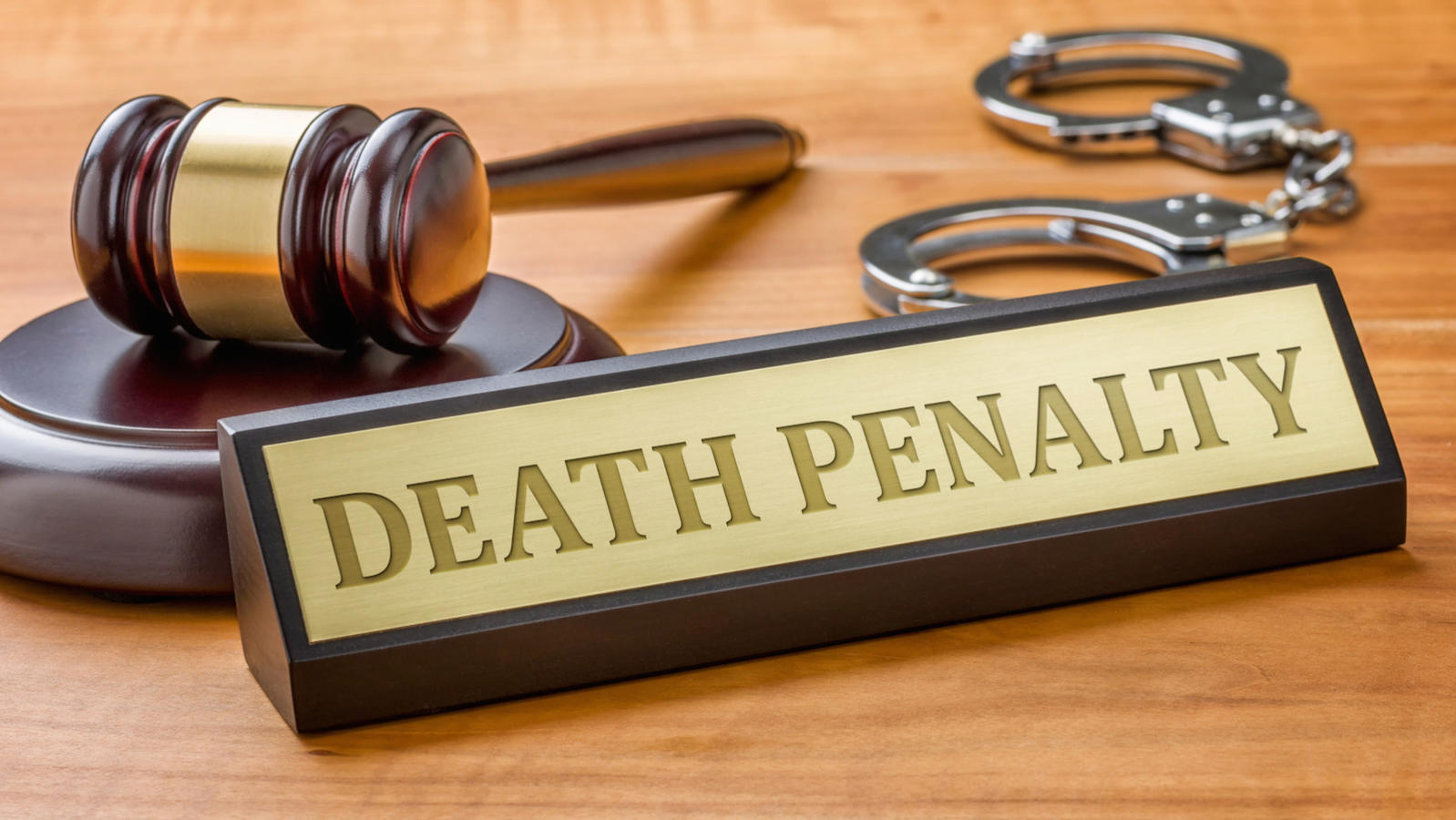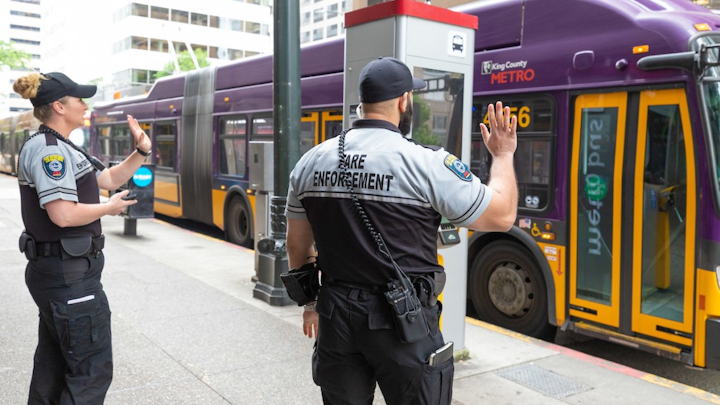

Last month, the federal prison system released 6,000 individuals convicted for drug offenses — the largest one-time release of federal prisoners — as part of a national effort to reduce the impact of overly harsh sentencing laws.
According to the Associated Press, all released felons are drug offenders who were no longer deemed a danger to the community.
According to The Sentencing Project’s Executive Director Marc Mauer, the early release of individuals convicted for drug offenses is expected to have a very minimal effect on public safety.
“It’s not going to release a crime wave, but some number of them are going to recidivate (re-offend), because that’s true of everyone leaving prison,” said Mauer.
“The reason we have mass incarceration is not because we don’t have enough research documenting the problem with it, but, politically, policymakers have been fearful of being soft on crime for too many years,” he said. “Now that there’s a greater comfort level, we can discuss what would work better.”
WHO THEY ARE
According to early release petitions obtained by The Associated Press from court records, they include:
— Lincoln Steve White, 43, who was caught buying 2 ounces of cocaine for $1,400 in Florida in 2008 and has served more than five years of a seven-year sentence. He plans to live with a girlfriend and put the heating and air conditioning repair skills he learned in prison to work.
— Chedrick Crummie, 45, who’s leaving prison after serving 21 years for cocaine trafficking in South Florida, and has a janitorial job lined up through a local minister.
— Emilio Flores, 43, whose cocaine trafficking sentence fell from 10 years to six under the new guidelines. Flores believes his mental illness and addiction made him easy prey for manipulative drug dealers. Prison didn’t help the situation, he said. “The treatment is to medicate the mentally ill into zombies,” Flores, of Florida, wrote in his petition.
WHERE THEY’RE GOING
About 2,000 of the 6,000 being released soon are being deported. Many others will be steered to traditional probation programs. Most have already been moved to halfway houses or home confinement over the past year, as their sentences were recalculated. Some will go to public or privately run programs that help prisoners ease back into society. How different states are handling the mass release:
— In eastern Pennsylvania, the 45 people being released early are just a blip on a probation department caseload that numbers 2,800 people.
— In Georgia, U.S. probation officers expect to see nearly 60 new offenders released the first week of November, 10 times the normal load. But the office has been working with family members and service providers to prioritize the caseload. “We want to make sure we help people get off to a good start, like we would if we had six cases coming out in the course of a week,” said Robert Long, the chief U.S. probation officer for the Middle District, based in Macon.
— In Texas, where Volunteers for America operates two federal halfway houses, officials have been moving people out to the community to make beds available for the next wave leaving prison.
— In Kansas City, Missouri, retired police commander Ron Smith is program director of Second Chance KC. He said his agency helps about 4,000 released prisoners annually from all jails and prisons. Typically, about 475 of those prisoners come from federal lockup, and he doesn’t expect that number to swell in November. “There will be some increase but we think we’ll be able to handle that,” Smith said. “There’s nothing to worry about.”
— The southern district of Ohio, including Cincinnati, Dayton and Columbus, has about 350 inmates in the early-release program, with 80 to 90 scheduled for release Nov. 1, said Phelps Jones, supervising officer for the U.S. Probation Office in Columbus. Between 20 and 30 of those are people in the country without legal permission being turned over to federal immigration authorities, he said.
My opinion? Let’s see what happens. Early release is a privilege. Hopefully, they won’t re-offend. Of those who do, let’s hope the re-offenders don’t commit violent crimes or felonies.
Please contact my office if you, a friend or family member are charged with a crime. Hiring an effective and competent defense attorney is the first and best step toward justice.













